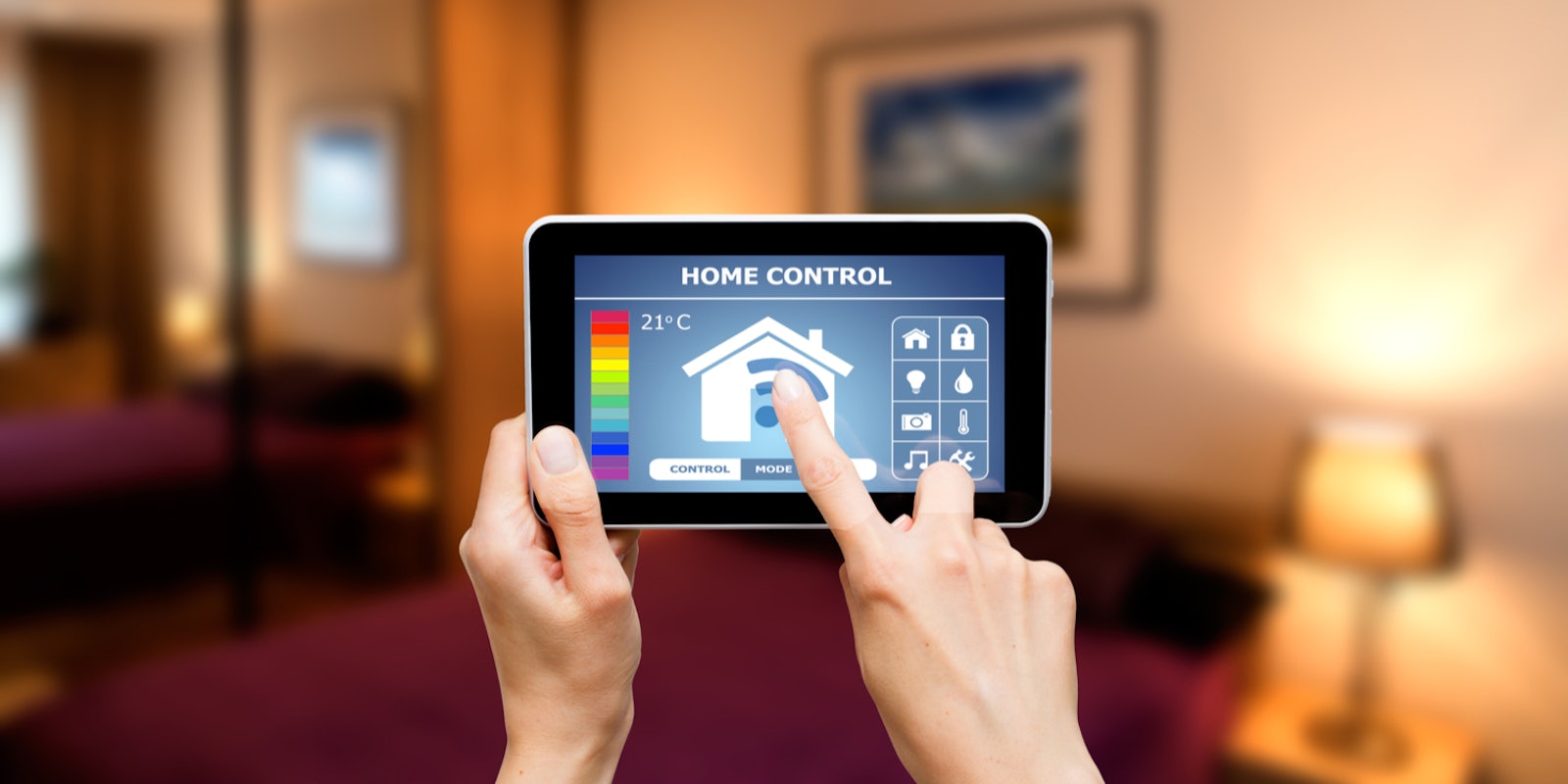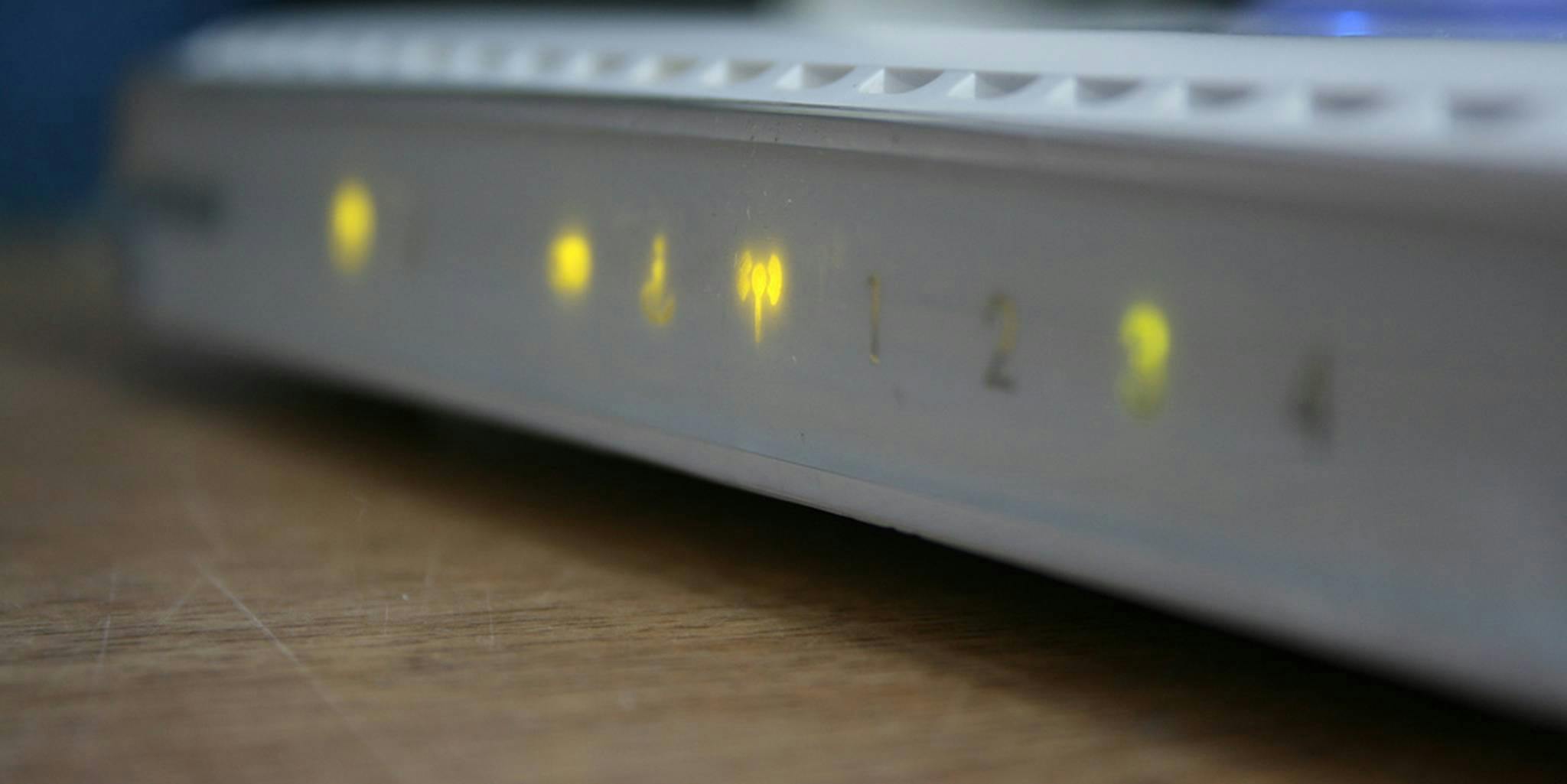Smart home devices are the epitome of convenience. Think of a song you like, say it out loud, and immediately hear it. Or wave your phone near your front door and watch it unlock. Can’t remember if you locked the front door? Check on your front door and lock it from wherever. But all this convenience comes at a cost: The more internet-connected devices you have, the more vulnerable your security can be if you don’t know how to lock down their privacy settings. Thankfully, some of the best things you can do to tighten up your smart home security. are extremely simple. Follow these six steps to make your smart home more secure.
1) Use your own router, not your ISP’s
Some internet providers try to get you to rent a router that they supply, sometimes without even asking your preference. When possible, turn down the company-issued router in favor of your own. The router is the gateway to your internet-connected home. You should be in complete control of it, and you should own it outright.
2) Change the router admin password
If someone can guess what router you have, or knows what router you have based on your Wi-Fi network name, they have a good shot at cracking your router admin account. The login name and password for router admin accounts are usually the same across all models to make it easy to perform factory resets and log back in if anything goes wrong. So make sure to change the default to something new and unique. Use a password generator to create a tough password, and then use a password manager to store it securely.
If you’ve never customized your router at all, it’s a good idea to do a hard reset first and then immediately change the admin account login info.
3) Give your Wi-Fi network an unusual name
While customizing your router settings, be sure to give your Wi-Fi network an unusual name. Don’t choose anything that could be identifying, like your address or other personal information. But do make it something you’ll be able to find easily when you need to manage your home network and smart home devices. Be sure the Wi-Fi network has a strong and unique password, too.
4) Create a guest network
When friends and visitors come over and connect to your Wi-Fi, they can put your other connected devices at risk. The solution? Give them a separate access point via a guest network.
You create a guest network by logging into your router admin account and enabling one. Here are instructions for how to create a guest network on Linksys routers, as an example. A guest network can have a unique name and should have a unique password. It’s a very simple safety measure that prevents your devices from being infected by any malware your friends and guests inadvertently download.
5) Run updates on devices and apps
Software updates for smart home devices may bring new features and functionality, but they also plug security holes and help keep your smart home more secure. For example, there was a recent vulnerability that researchers discovered which allowed hackers to unlock a smart lock. In this case, the researchers didn’t announce what they had found publicly until after the company issued an update that fixed the problem. Suffice it to say software updates are super important!
Explore the settings of your devices to see whether you can enable auto-updates. With smart speakers, such as Amazon Echo, you can ask, “Hey Alexa. Check for software updates.” (Find more tips for Amazon Alexa here.) You never know when an installation may have stalled or been postponed.
Be sure to update connected apps regularly, too. The apps are just as important as the devices.
6) Don’t buy used
You can save a lot of money by purchasing second-hand goods. With smart home devices, however, only buy new or refurbished goods from a trusted retailer. You wouldn’t want to end up installing a security camera or door lock that a perpetrator has modified—especially if they ship the used device to you, thus having your home address. Buying new is perhaps the easiest way to make your smart home more secure.
READ MORE:



